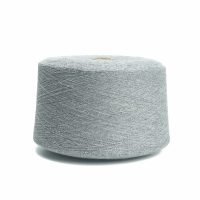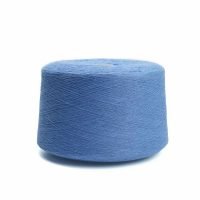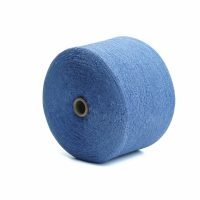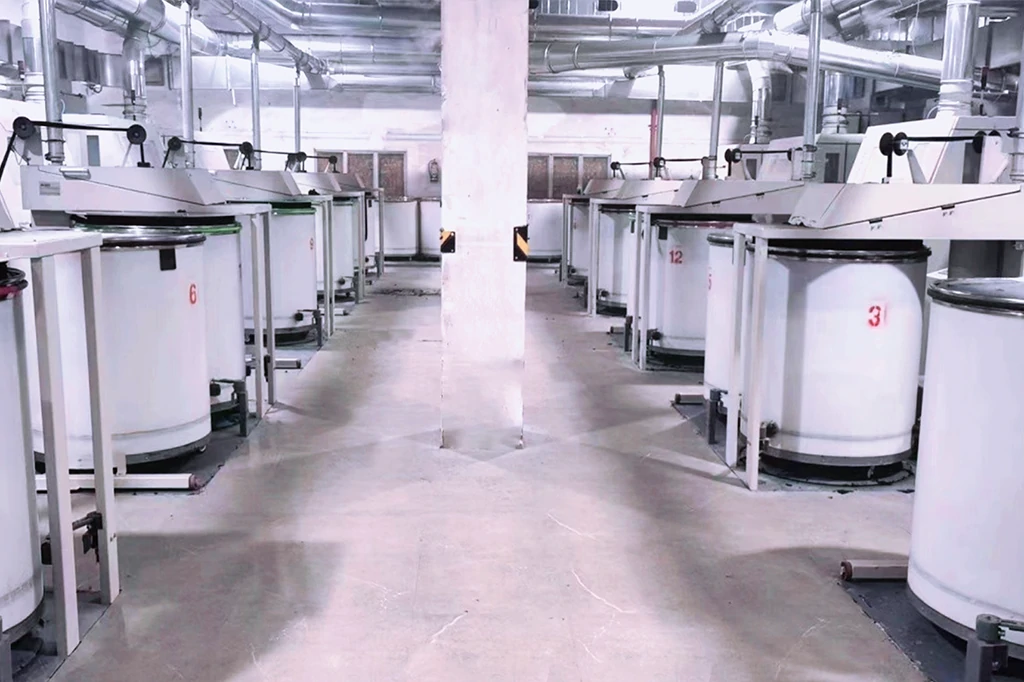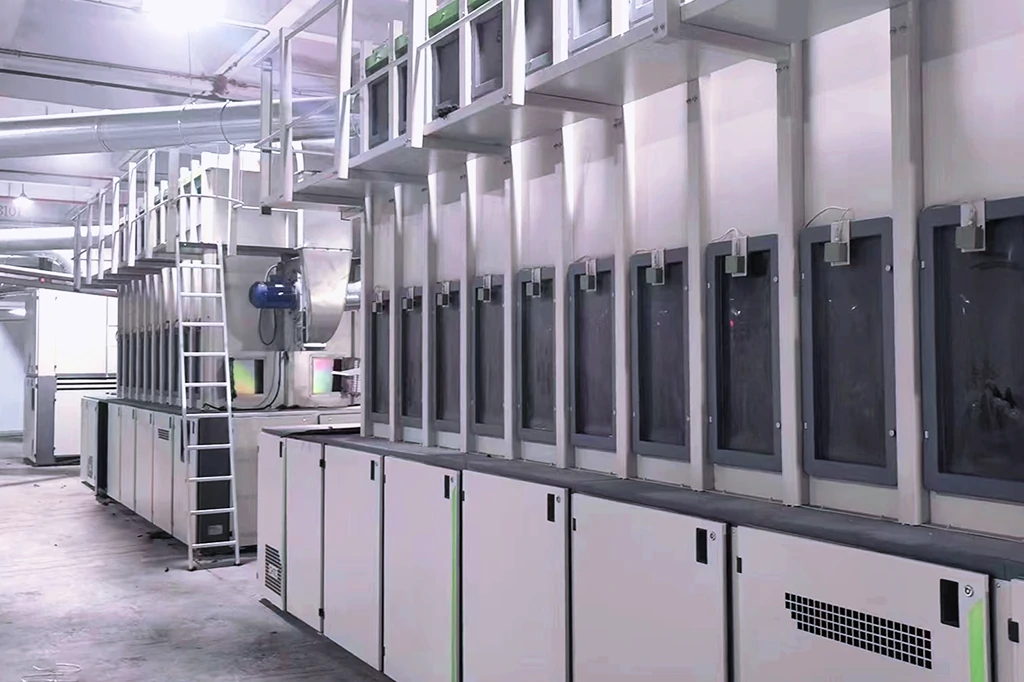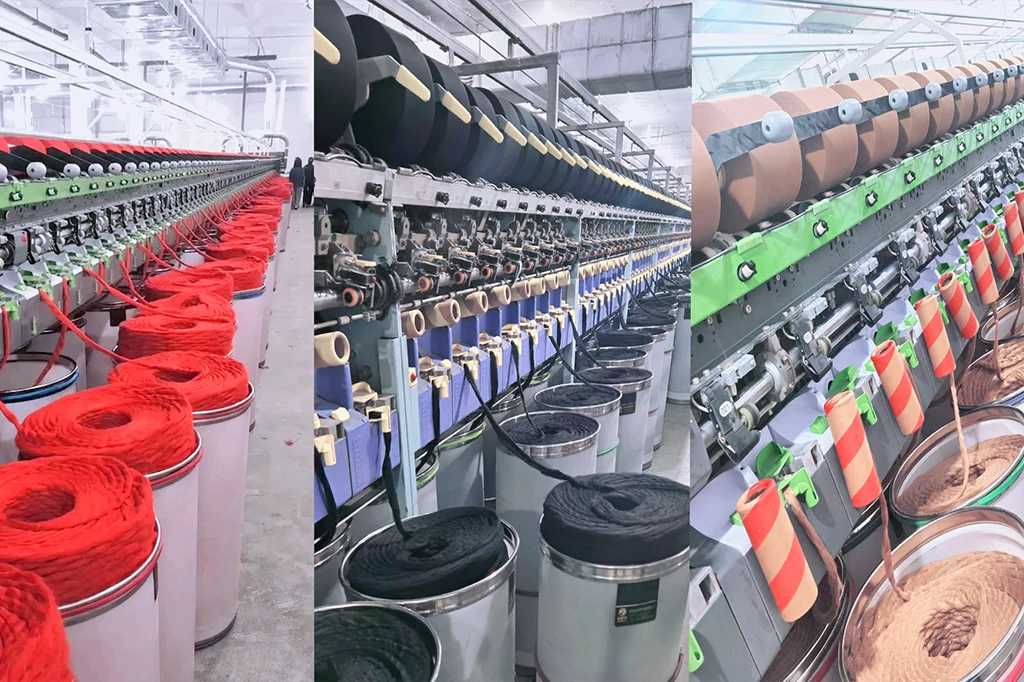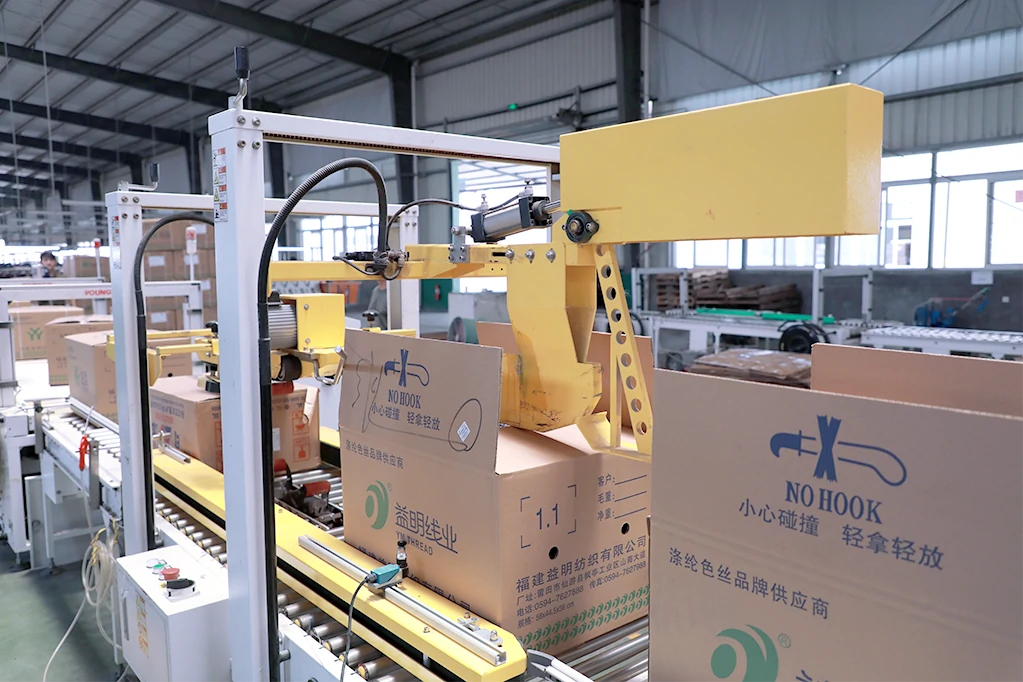Parameters
| Name | Recycled Cotton Yarn |
| Material | Polyester+Cotton |
| Type | CVC,T/C |
| Technic | dyed |
| Denier | 16S,21S(Customizable) |
| Luster | Semi-dull |
| Feature | Good Color Fastness,Eco-Friendly,soft hand feeling,good insulation effect |
Product
Production workshop
Video Introduction
Key Word
- cotton recycled yarn
- recycled cotton yarn manufacturers
- recycled cotton yarn price
- recycled cotton yarn suppliers
Feature
The advantages of YM THREAD ‘s recycled cotton yarn
- Environmental protection: Recycled cotton yarn is made from waste materials after processing, which can reduce environmental pressure, reduce resource waste and pollution.
- Lightweight: Compared with traditional pure cotton material, recycled cotton is lighter in weight, so it is more suitable for making lightweight products, such as summer clothing and bedding.
- Soft and comfortable: The fiber of recycled cotton is extremely soft and has the characteristics of skin-friendly comfort, which can provide users with a good wearing experience.
- Good heat retention: The heat retention performance of recycled cotton is very good, which can effectively maintain temperature and is suitable for wearing in cold seasons.
- Affordable price: Compared with the same specification of pure cotton fabrics, the price of recycled cotton is more affordable, which can reduce production costs and improve product competitiveness.
Application

Glove
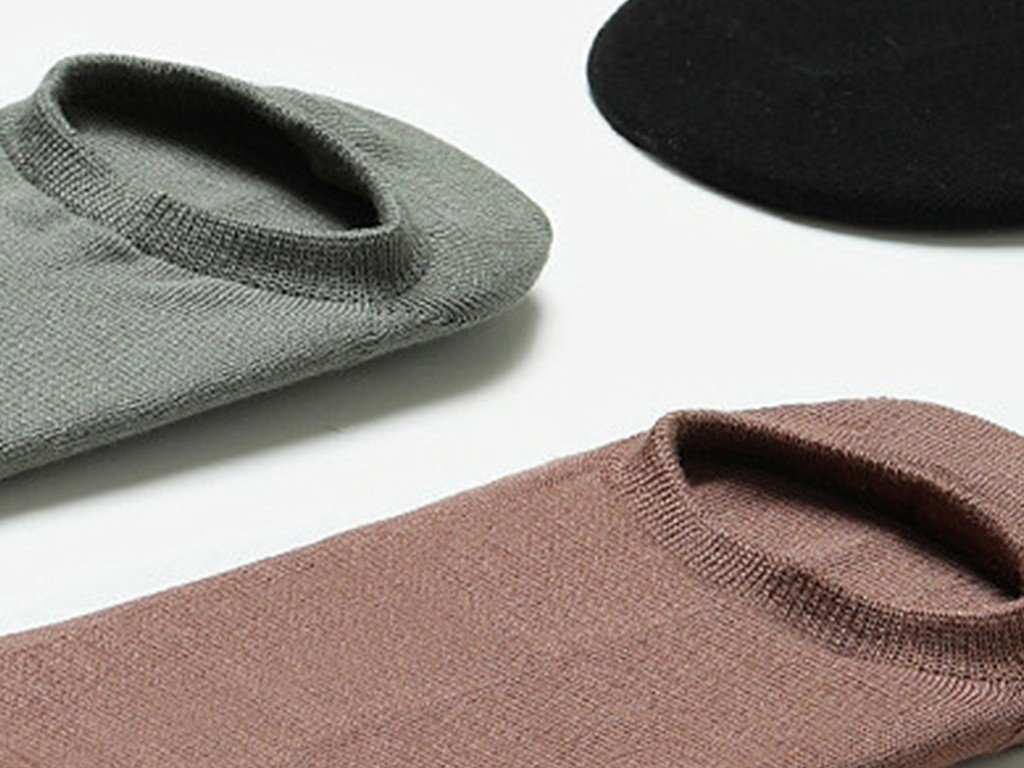
Fabric
Color Card
More
What is combed cotton yarn?
Combed cotton yarn is a high-quality cotton fiber that is processed by a combing machine to remove shorter fibers and impurities, leaving longer, neat, smooth fibers. This fiber has better texture, moisture absorption, breathability, and wash and durability, and is therefore widely used in high-end textile fields.
In the textile process, the comber combs and drafts the cotton fibers, making the combed cotton yarn smoother, more uniform, less prone to pilling, and with a better feel and texture. In contrast, the 100 cotton yarn of combed cotton is coarser and has a poorer texture.
Combed cotton yarn also has better moisture and breathability, which can effectively absorb and discharge sweat and moisture, keeping the skin dry and comfortable. In addition, combed cotton yarn also has good wash and durability, is less prone to shrinkage and deformation, and is convenient for daily cleaning and care.
what is recycled cotton yarn?
Polyester regenerated cotton is a type of textile material made from recycled polyester fibers. It is typically produced by processing discarded items made from polyester, such as old clothing and plastic bottles. This processing involves breaking down the waste material, cleaning it, melting it, and then spinning it into new fibers.
Polyester regenerated cotton offers several advantages compared to traditional natural cotton. Firstly, it is environmentally friendly as it reduces waste and cuts down on the need for cultivating more cotton, a notoriously water-intensive crop. Secondly, polyester regenerated cotton has excellent elasticity and recovery, making it more resilient and durable than natural cotton. It also maintains its quality even after multiple washings. Additionally, polyester regenerated cotton provides excellent warmth without the bulkiness of traditional cotton, making it ideal for winter wear.
However, there are also some downsides to polyester regenerated cotton. The production process requires significant energy and water resources, and the recycling process may not be entirely efficient or sustainable in all circumstances. Furthermore, the material has a lower tensile strength and tear resistance compared to natural cotton, which can limit its use in certain applications.
how is recycled cotton yarn made?
| Process Step | Explanation | Machines Used |
| Grainy goods joining | Joining different colors or specifications of greige goods to ensure the continuity of subsequent processes. | Sewing machine |
| Grainy goods singeing | Removing small fibers on the surface of greige goods using high-temperature flame to make the surface smoother. | Singe machine |
| Cooking and bleaching (degumming) | Using chemical agents to remove starch and impurities from greige goods, allowing the fibers to loosen better. | Cooking machine, Degumming machine |
| Alkali reduction | Treating greige goods with sodium hydroxide solution to reduce their weight and thickness. This step can change the hand feel, transparency, etc. of the fabric. | Alkali reduction machine |
| Dyeing | Dyeing greige goods using dyes to achieve the desired color. Dyeing methods can be immersion dyeing, yarn dyeing, etc. | Dyeing machine |
| Setting | Using high temperature and pressure to maintain the desired shape and size of greige goods, improving their stability. | Setting machine |
| (Soap scouring, drying) | Using a washing machine to remove residual chemicals from the fabric, followed by drying using a drying machine. This step is usually carried out after the setting step. | Washing machine, Drying machine |
| Dyed goods singeing | For dyed goods, performing a second singeing operation to remove surface impurities and improve smoothness. | Singe machine |
| washing | Using a washing machine to wash the fabric, removing residual dyes and impurities, followed by drying using a drying machine. | Washing machine, Drying machine |
| Drying | Drying the fabric in a drying machine using hot air or infrared radiation to further fix the shape and color. This step can also improve the stability of the shape and color. | Drying machine |
| Softening finishing | Using softeners or other chemical reagents to make the fabric more smooth and soft, improving wearing comfort. Softeners can be applied in the form of liquids, foams, or powders, depending on the specific softening process used. The softeners act on the fiber surface, altering its properties to make the fabric feel softer and more luxurious. This step is crucial in creating a comfortable and pleasing tactile experience for the end user. | Softening finishing machine |
| Trimming and finishing | Trimming and finishing the fabric to remove excess edges or imperfections, making it more aesthetically pleasing. This step also involves cutting the fabric according to specific patterns or designs. The trimming and finishing process ensures that the fabric is ready for its final use, whether it be for apparel, home furnishings, or other purposes. It involves removing any uneven edges, loose threads, or foreign objects from the fabric using various tools and techniques. The fabric may also undergo a process of steaming to relax the fibers and improve the finish of the fabric before any cutting or shaping operations are performed. This step is essential in ensuring that the final product is of high quality and has a professional appearance. | Trimming machine, Cutting machine |
| Calendering | Pressing the fabric using calendering machines to smoothen its surface and give it a glossy finish. This step improves the visual appeal and hand feel of the fabric. In the calendering process, the fabric is passed between rollers under high pressure, which compresses the fibers and smoothens the surface. The calendering operation can also affect other properties of the fabric, such as its thickness, weight, and stiffness. The calendering process is used to create various finishes on the fabric, such as a smooth matte finish, a glossy finish, or a textured finish with patterns or embossing. It is important to control the calendering conditions, such as temperature, pressure, and number of passes through the rollers, to achieve the desired finish and quality of the fabric. Calendering is often used in conjunction with other finishing processes to enhance the appearance and performance of the fabric. It can improve the durability and abrasion resistance of the fabric, as well as its resistance to wrinkling and shrinkage. The calendering process also helps to improve the uniformity and consistency of the fabric, reducing any irregularities in its thickness or finish. It is essential in creating high-quality and aesthetically pleasing fab | Calendering machine |





